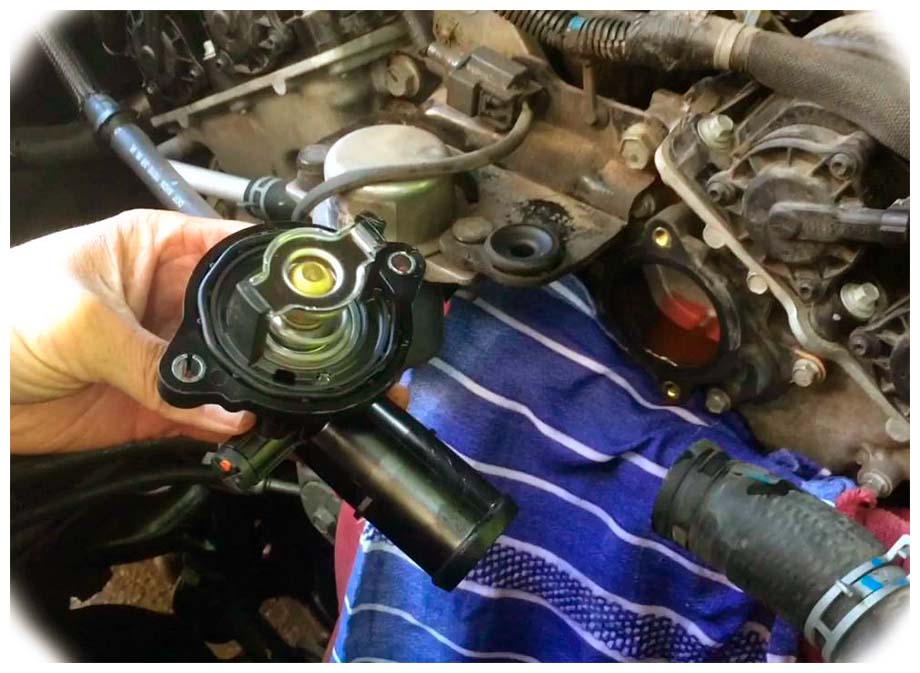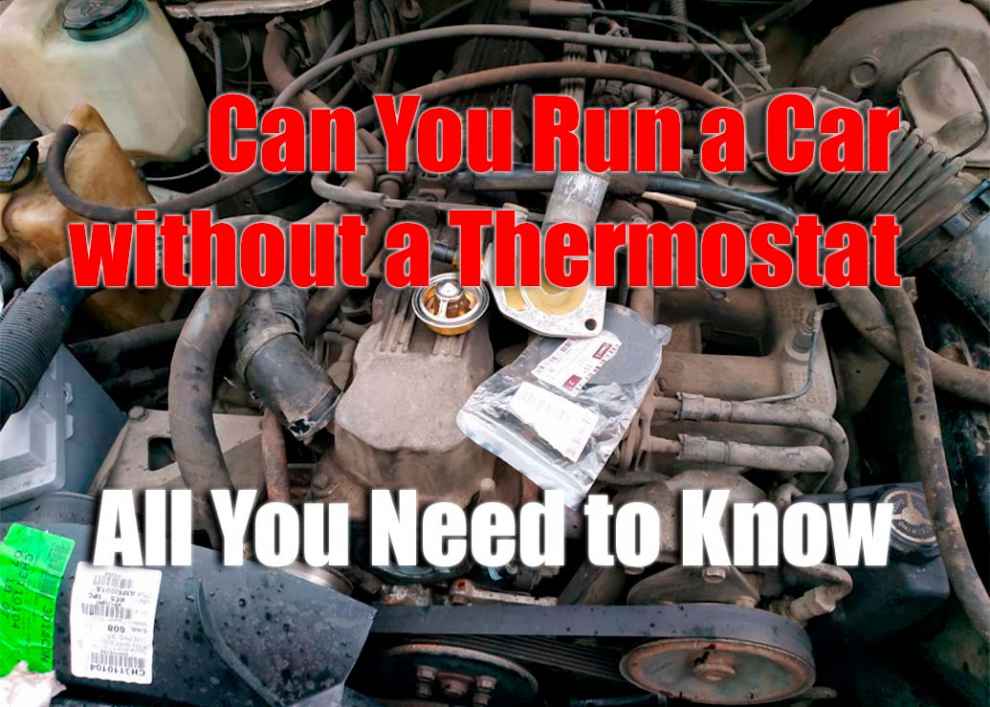Whether you’re a Jeep enthusiast or just a casual driver, you may be wondering: can you run a car without a thermostat? It’s not uncommon for drivers to remove their thermostats for various reasons, but running your Jeep without a thermostat comes with risks and potential damage to your engine. In this article, we will explore what happens when you run your Jeep without a thermostat and how to best protect your engine if you choose to do so.
What Is a Thermostat?
A thermostat is a device that helps regulate the temperature of your Jeep’s engine by controlling the flow of coolant and allowing it to circulate throughout the system when it reaches a certain temperature. It also helps reduce emissions by preventing the coolant from reaching too high temperatures. The most common type of thermostat used in Jeeps is an adjustable unit that allows for changing temperatures depending on climate and driving conditions.
What Happens When You Run Your Jeep without a Thermostat?

Will My Engine Overheat Without a Thermostat?
Running an engine without a thermostat can potentially lead to overheating. The thermostat plays a crucial role in regulating the engine’s temperature by controlling the flow of coolant through the cooling system. When the engine is cold, the thermostat remains closed, preventing coolant from circulating and allowing the engine to warm up quickly. Once the engine reaches its optimal operating temperature, the thermostat opens, allowing coolant to flow and maintain a stable temperature. Without a thermostat, the coolant would continuously circulate, not allowing the engine to reach its ideal temperature. This can result in inefficient combustion, increased engine wear, and potential overheating. Additionally, the thermostat helps balance the coolant flow between the radiator and the engine. Removing it can disrupt this balance and hinder the cooling system’s effectiveness. While it is possible to run a car without a thermostat in certain situations, it is generally not recommended, especially in modern vehicles designed to operate with a thermostat.
How Can I Protect My Engine If I Don’t Have a Thermostat?
If you are running your Jeep without a thermostat, there are some steps you can take to minimize risks and protect your engine from overheating or damage:
-
Check the vehicle’s coolant level regularly and make sure it stays topped up.
-
Monitor temperatures across critical components of your engine such as cylinders and heads by using temperature sensors or gauges.
-
Have an experienced mechanic inspect your cooling system whenever possible to identify any potential issues before they become severe.
-
Use coolant additives that can help extend coolant life and reduce temperatures within the system by reducing thermal breakdowns caused by heat exposure.
Conclusion
Running your Jeep without a thermostat can put your engine at risk of overheating or other mechanical damage. While it is not recommended, there are steps you can take to protect your engine and minimize risks. Ensure to check your coolant levels regularly, use temperature sensors or gauges to monitor temperatures, and have an experienced mechanic inspect your cooling system whenever possible. Additionally, use coolant additives to help extend the life of the coolant and reduce thermal breakdowns caused by heat exposure.

Add Comment